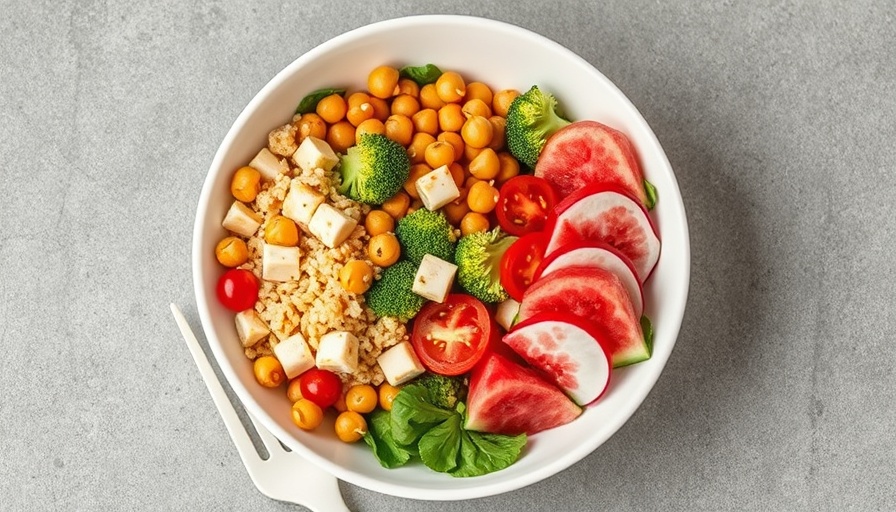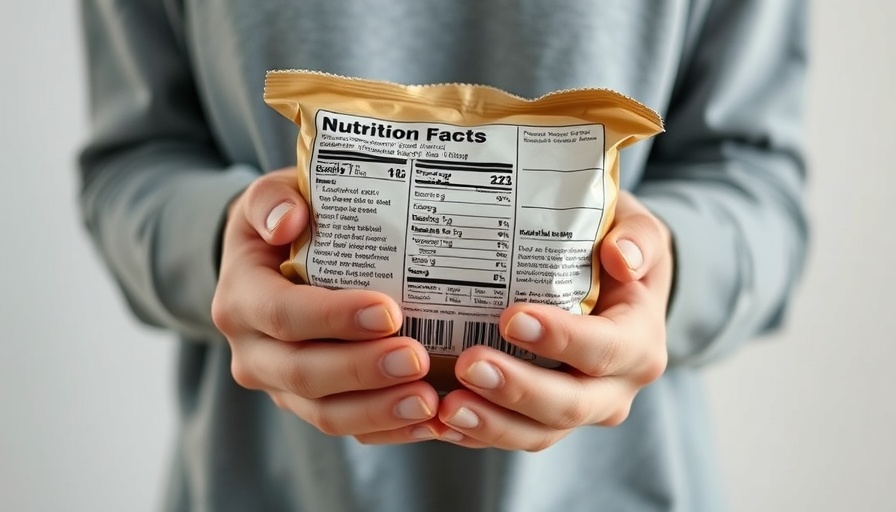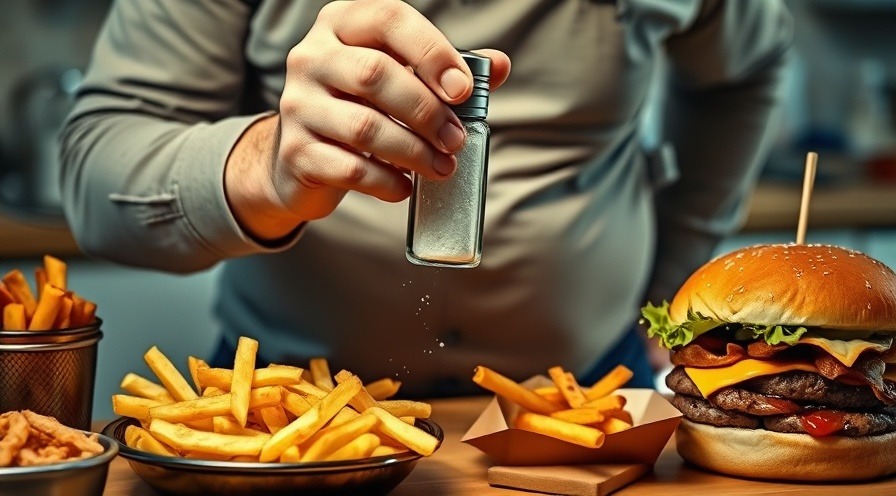
Understanding Fatty Liver Disease
Nonalcoholic fatty liver disease (NAFLD) has become the most common form of chronic liver disease, a troubling trend fueled by an alarming rise in obesity rates. Shockingly, studies reveal that nearly 70-80% of obese children may be affected by this condition. Why should we care? Beyond the immediate concern, fatty liver can progress to fatty hepatitis, leading to scarring, liver cirrhosis, and even liver cancer – a slippery slope that highlights the urgent need for awareness and intervention.
Identifying the Sources of Liver Fat
But where exactly does all this excess fat in our liver come from? There are three primary culprits:
- Excess sugar consumption: High intake of added sugars, particularly from sugary beverages, is a significant contributor.
- High-fat diets: Consuming too many fats, especially saturated fats, can directly impact liver health.
- Body fat spillover: Fat stored in our bodies can overflow into the liver, exacerbating the problem.
Research shows the damaging impact of these dietary components. In one study, teens with NAFLD who followed a low-sugar diet showed marked improvement in just eight weeks.
The Impact of Diet on Liver Health
So, how do fats and sugars influence liver health? A study comparing low-fat versus high-fat diets revealed some surprising results. Participants on a low-fat diet experienced a notable 20% reduction in liver fat within just two weeks, while those consuming a high-fat diet saw an increase of an alarming 35%. Insulin levels mirrored these findings; those on the low-fat diet saw a decrease in insulin levels, contrary to the common misconception that fat intake must be increased to regulate insulin.
Dismantling Common Misconceptions
It’s easy to become entrenched in beliefs around diet trends. Advocates of low-carb and ketogenic diets might argue that increasing fat while limiting carbs is beneficial. However, the science tells a different story. A substantial single high-fat meal not only increases liver fat but also worsens insulin resistance, leading to a cascade of health issues. As experts state, “A single fat bolus packs a punch,” underscoring the need for careful dietary choices.
Keys to Preventing and Treating NAFLD
Clearly, the stakes are high when it comes to our dietary choices. For those looking to prevent or manage fatty liver disease, it's best to steer clear of foods rich in unhealthy fats. Current advice encourages a diet that is both low in saturated fats and refined carbohydrates, primarily emphasizing plant-based foods. This means cutting back on meats, cheeses, sugary snacks, and soft drinks, all of which can exacerbate liver fat accumulation.
Benefits of a Plant-Based Approach
Have you ever wondered what a shift to plant-based eating could do for your liver? Studies suggest that adopting a healthful plant-based diet is correlated with a reduced risk of NAFLD and improved liver function. Nutrient-rich foods such as legumes (beans, lentils, and peas) are particularly beneficial, delivering fiber and reducing liver fat levels.
Taking Action for Your Health
It’s clear that dietary habits can significantly influence liver health. By prioritizing a low-fat, low-sugar, and plant-based diet, not only can you improve your liver function, but you also stand a greater chance of preventing the progression of NAFLD. Each meal is an opportunity to advocate for your own health!
Call to Action: Start incorporating more whole foods, vegetables, and legumes into your meals today! Your liver will thank you for it!
 Add Row
Add Row  Add
Add 




 Add Row
Add Row  Add
Add 

Write A Comment